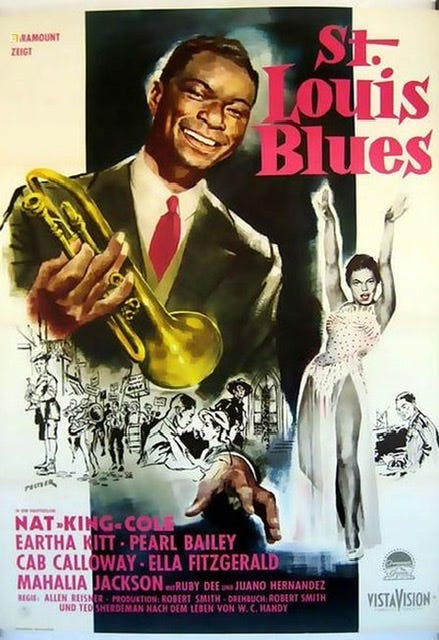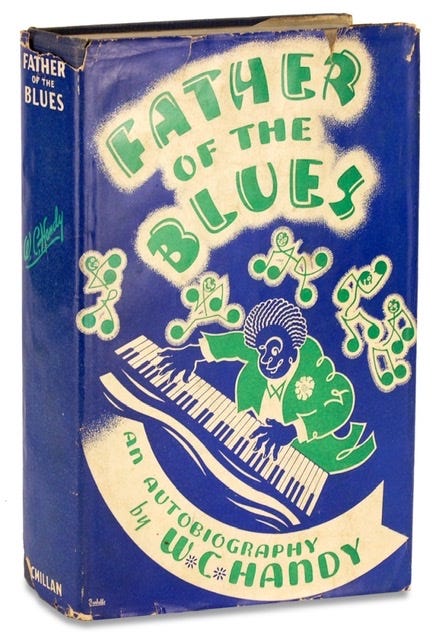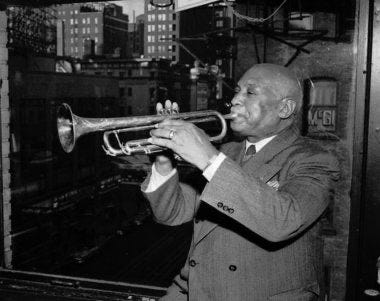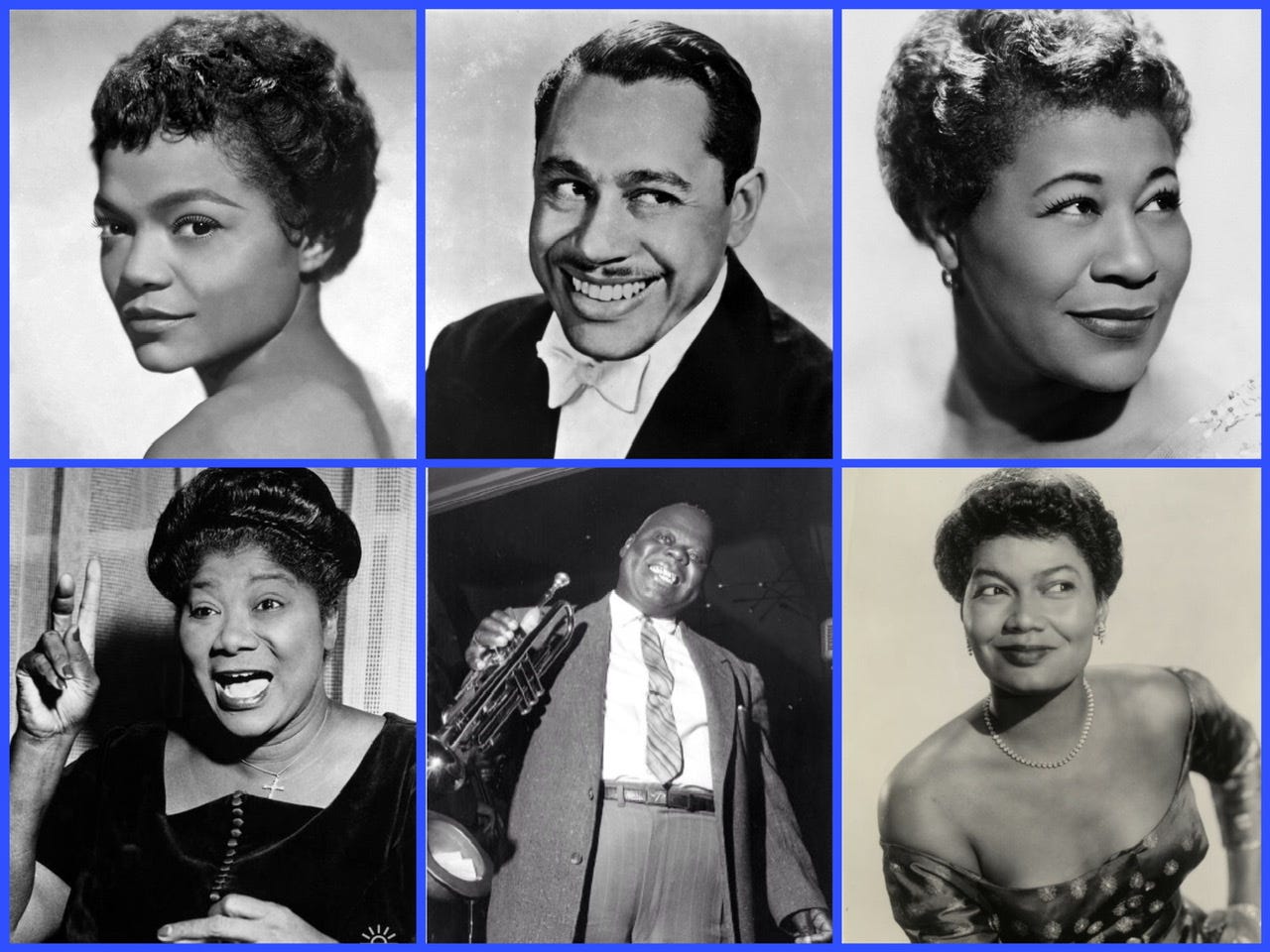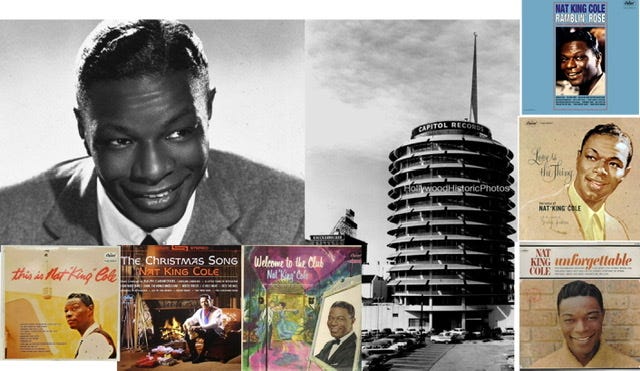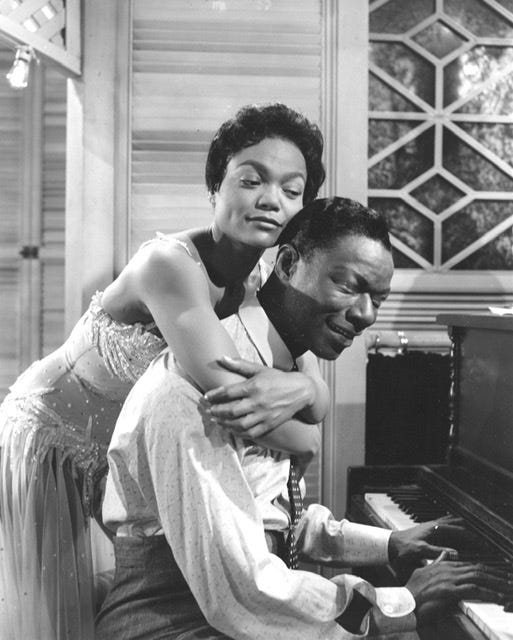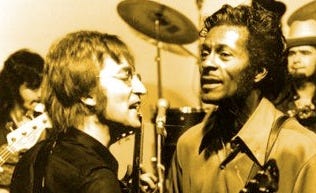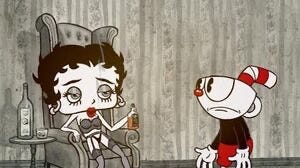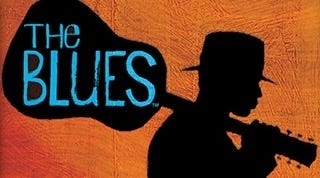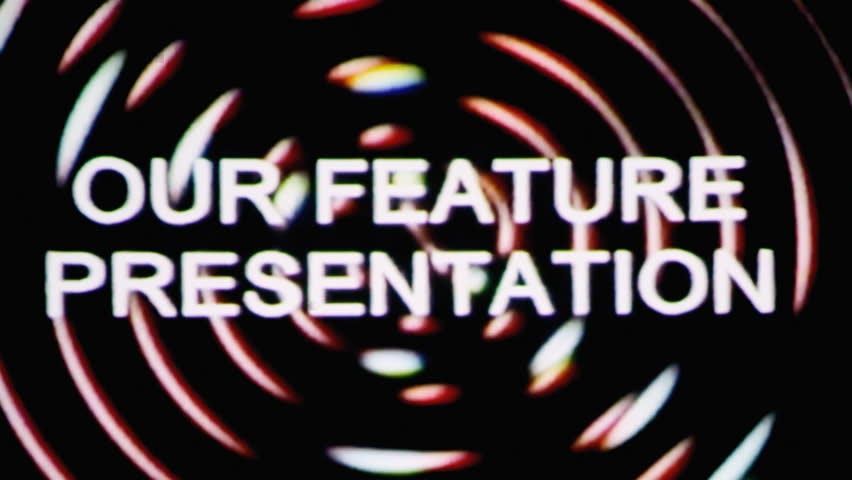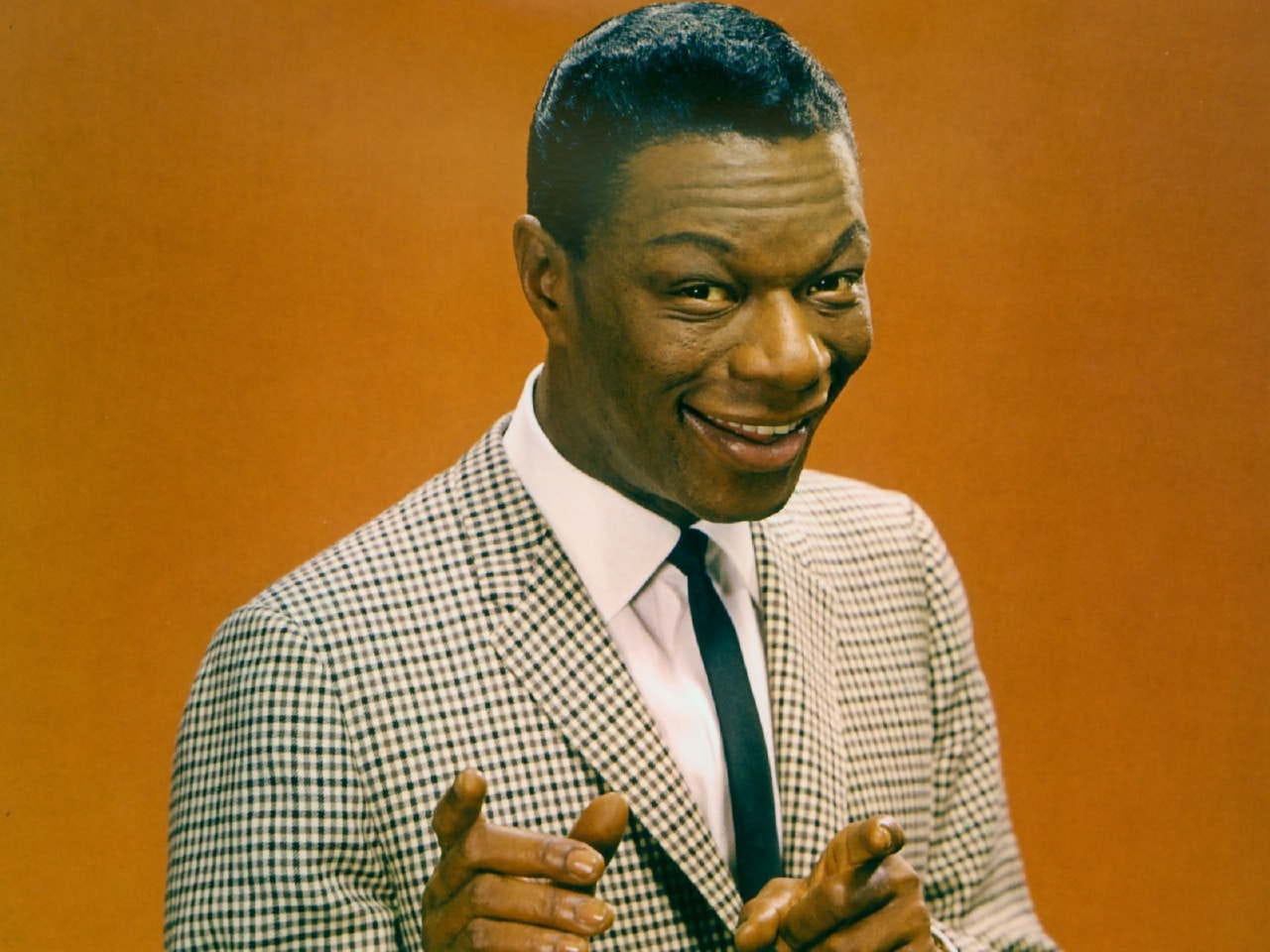In 1958, Hollywood was not in the business of displaying how woke they were. They might employ actors named Poitier or Belafonte but movies with all Black casts were hardly regular items on the shooting schedule.
That is just one of the fascinating angles of this week’s drive in. As a film, St. Louis Blues (1958) follows the normal formula for a tidy Tinseltown happily-ever-after biography. In this case, we get the sanitized story of songwriter/musician William Christopher Handy (1873-1958). The star of the show, Nat King Cole, plays it straight and solid.
Handy’s 1941 autobiography Father of the Blues articulates the story of a serious musician who didn’t originate the Blues. He was, however, the first person to publish it in sheet music form. His friends knew him as a hard working realist who paid his dues in the total beast days of Jim Crow. He once shot back that White people were so stupid they thought the opening line of his most famous song, the one that goes, “I hate to see that evening sun go down” had something to do with missing his true love in the night.
In fact, he was signaling a familiar but uncomfortable feeling his contemporaries felt around dusk in any “sundown town.”
The theme in this movie is and was nothing new. It was used in the first talkie, The Jazz Singer (1927) as well as Ray (2004), the Ray Charles bio that earned Jamie Foxx an Oscar. In the W. C. Handy iteration, a musically gifted son of a preacher man spends many bitter years at odds with his father. Daddy lays it out in his first sermon: “There are only two kinds of music,” he bellows. “The Lord’s music and the devil’s music.”
St. Louis Blues really brings it with its stellar cast that is a who’s who of late Fifties African-American fame. The combination of Eartha Kitt, Cab Calloway, Ella Fitzgerald, Mahalia Jackson, Teddy Buckner, and Pearl Bailey would have won the award for best ensemble had there been one. There is some powerful singing going on Saturday night as well as Sunday morning.
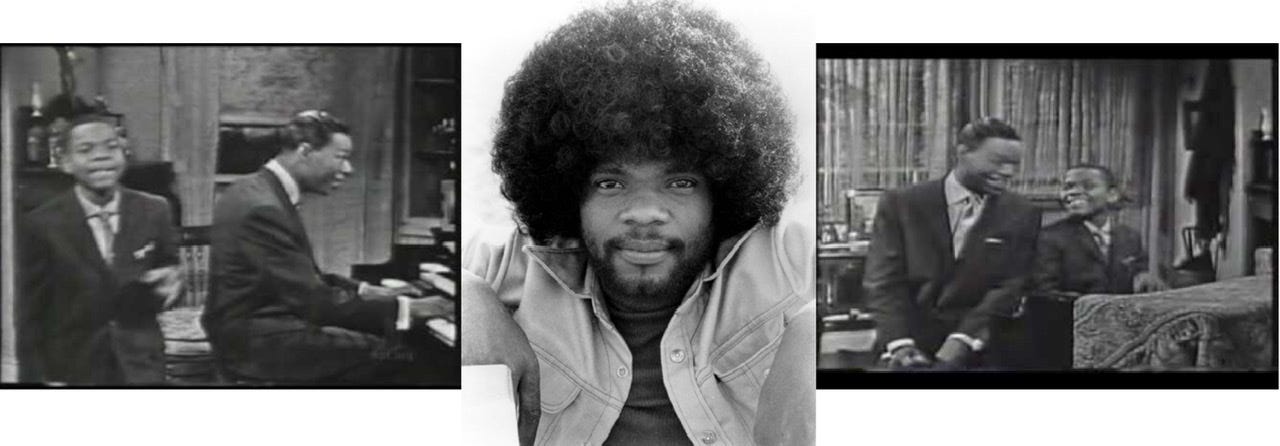
We even get a glimpse of a major talent from the future! Billy Preston, the fifth Beatle himself, portrays young Handy playing the organ in church. He even cries over his first cornet that his hard-ass daddy destroys by throwing it under a wagon wheel. Our lead quickly morphs from bright eyed young Billy into thin but charismatic Cole in the first five minutes. It's the start of a beautiful career.
The centerpiece of all this is the incomparable Nat King Cole (1919-1965). His own short life story is one of courage and accomplishment. He was a beacon of class in a mad and sour time. Cole recorded over a hundred hit records, fronted a jazz group with his piano, and was the first African-American man to host a network television series. But none of that saved him from being assaulted by a group of Klansmen on stage in Birmingham in 1956. This terrible incident aside, most of the country agreed with Jack Benny who once introduced Cole as “the best friend a song ever had.”
Inspired by the Blues, we have some fine not-to-miss extra features. Billie Holiday and Louis Armstrong team up in a movie and song about New Orleans. Muddy Waters finds his mojo working at Newport. Big Mama Thornton lets her “Hound Dog” out in Germany. Champion Jack Dupree and King Curtis scorch your screen. Chuck Berry and John Lennon meet for the first time on an afternoon TV talk show.
The Captain gets the blues when “The Scorpion Strikes” in Chapter 5 of Adventures of Captain America (1941).
Not one but two Blues cartoons cap it all off. Betty Boop has the “Quarantine Blues” is coping with Covid-19 by getting her drink on, but her bud Cuppie isn’t sure that’s the best idea. And the animated video of Moby’s “Natural Blues” samples a Vera Hall track from 1937. The Blues comes full circle.
Will it go round in circles? Watch a few movies, and wash your Blues away. Have mercy.




